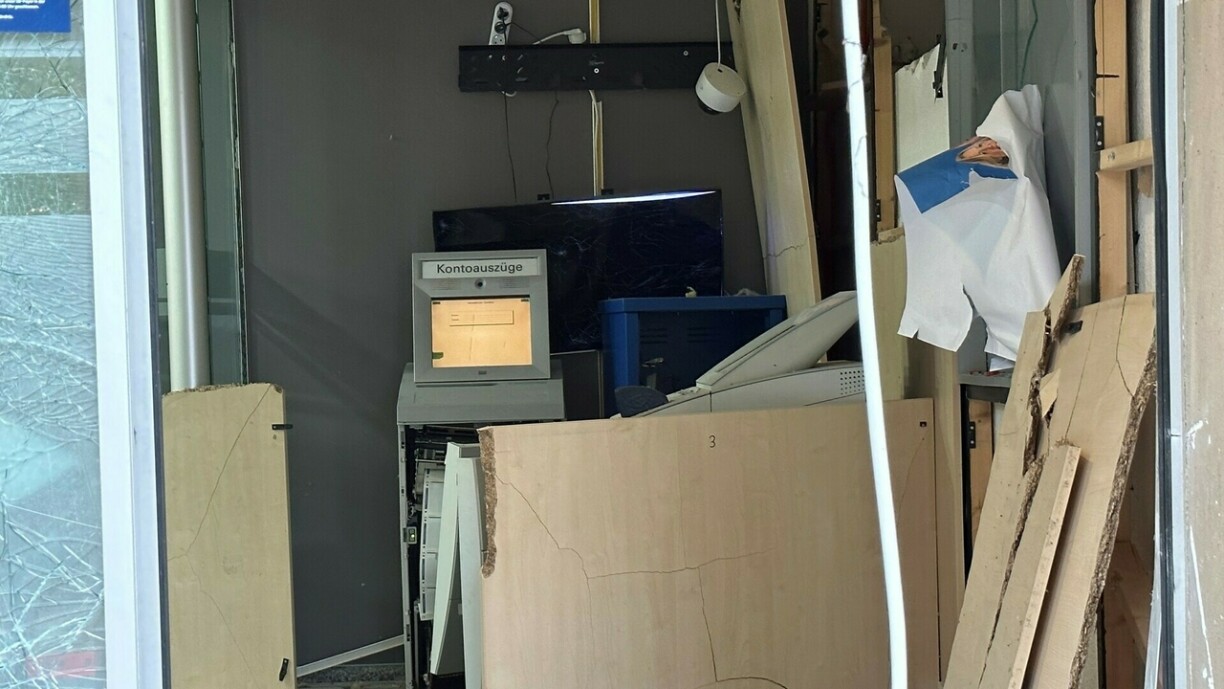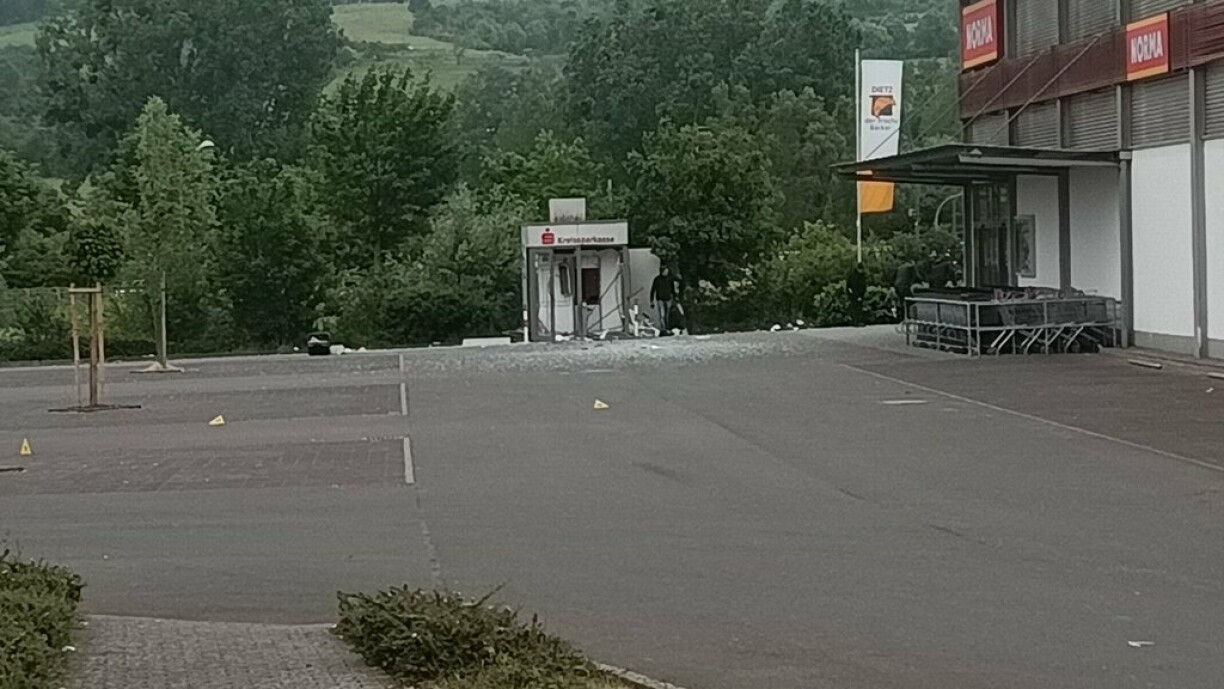
In the early hours of 5 June, a powerful explosion shook Bollendorf, just across the German-Luxembourg border, as unidentified individuals detonated an ATM at a local branch of “Volksbank.” The culprits swiftly fled the scene in a car bearing Luxembourgish license plates, likely a black Audi.
However, the Bitburg police clarified that the perpetrators may not necessarily be from Luxembourg, as the vehicles used in these crimes are often stolen.
A month prior to this incident, a similar event took place in Echternacherbrück, targeting an ATM belonging to “Kreissparkasse” in a supermarket parking lot. The police referred to the suspects’ escape vehicle as a “high-powered vehicle.”

Luxembourg itself has experienced a series of ATM explosions in recent years.
The relatively high number of such attacks is partly attributed to the abundance of ATMs within the country’s borders. In 2022, there were 107 ATMs per 100,000 inhabitants in Luxembourg, compared to 64 in other eurozone countries.
The modus operandi of the perpetrators remains consistent. A gas mixture is injected into the ATM, followed by an electrical detonation a few minutes later. Similar methods are employed in other countries, although alternative techniques like the Ram-In or Ram-Out method have also been used.
Besides Luxembourg, Germany and the Netherlands have also been significantly impacted by these attacks, with the majority of perpetrators allegedly originating from the Netherlands, particularly the Utrecht area.
In response to these ongoing threats, banking institutions have conducted comprehensive risk analyses and reevaluated the classification of their locations to identify the most vulnerable ones, according to banking association ABBL.
As a result, some locations have been closed, while others have restricted access between 10pm and 6am. Additional security measures include the implementation of banknote-discolouring systems in ATMs lacking such features, as well as a reduction in the cash reserves stored in exposed ATMs.
So far, no one has been harmed during ATM explosions in Luxembourg. However, banks have incurred substantial financial losses, with estimates suggesting that perpetrators in Germany are able to amass up to €300,000. In addition, these incidents result in property damage to buildings and ATMs.
So far, no person has been injured in Luxembourg when an ATM was blown up. However, there are sometimes large financial losses for the banks. In Germany, the perpetrators are expected to make up to 300,000 euros. In addition, there is of course the damage to the buildings and the ATMs.